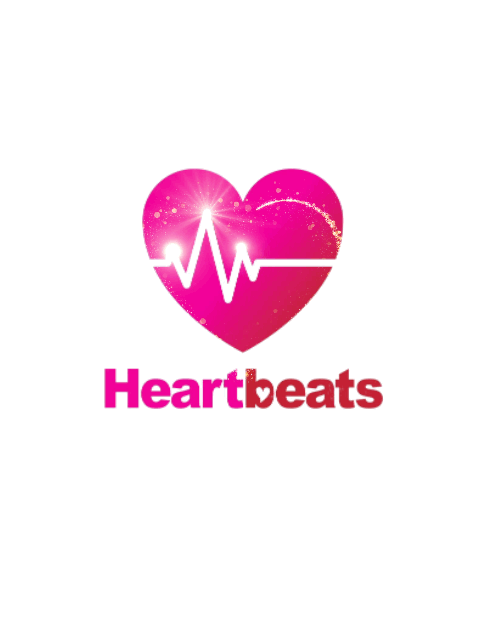Your heart is the most important organ in your body. It pumps your blood to all the organs in your body. Just like your arms, the heart has two sides, a right side and a left side. Each side has two chambers. The upper chambers are called atriums, the lower chambers are called ventricles.
The right side of the heart receives blood back from the body from a blood vessel called the superior vena cava into the right atrium. The right atrium then sends the blood into the right ventricle. A valve called the tricuspid valve separates the right atrium from the right ventricle. The right ventricle then sends the blood to your lungs to refresh your blood with oxygen. A valve called the pulmonic valve separates the right ventricle from the Pulmonary artery which then sends the blood to your lungs. When blood is filling the right side of the heart, the cycle is called “diastole”.
Once your blood picks up fresh oxygen in your lungs, it is returned to your heart through the pulmonary veins, into the left side of your heart, into the left atrium. The left atrium is separated from the left ventricle by a valve, called the mitral valve. Once the oxygenated blood is returned to the left ventricle from your lungs, it is then sent to all the organs in your body from the left ventricle, via the aorta. The left ventricle is separated from the aorta by the aortic valve. When blood is filling the left side of the heart, the cycle is called “systole”.
The sounds that you hear when you listen to your heart, are the sounds made by the valves that separate the chambers closing. The closing of the mitral valve that separates the left atrium from the left ventricle causes the first sound, called “S1”. The closing of the aortic valve, that separates the left ventricle from the aorta, causes the second sound, “S2”.
The best place to listen to your heart is just to the left or right of the middle of your chest, two finger spaces below your collar bone. You will hear S1 and S2 as “Boom, Boom… Boom, Boom, Boom Boom. Count how many times you hear that in 60 seconds. That is called your “Heart Rate”.


